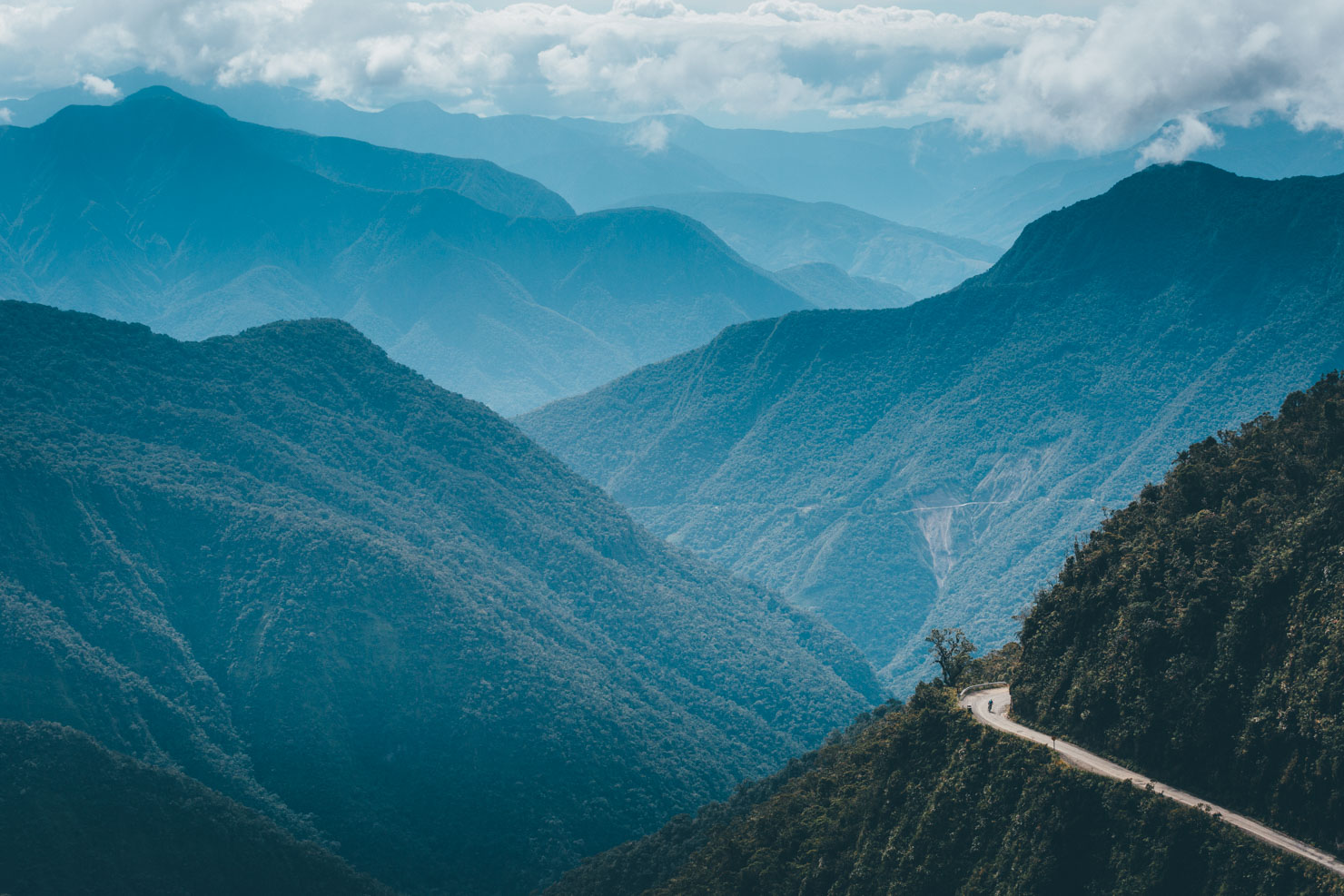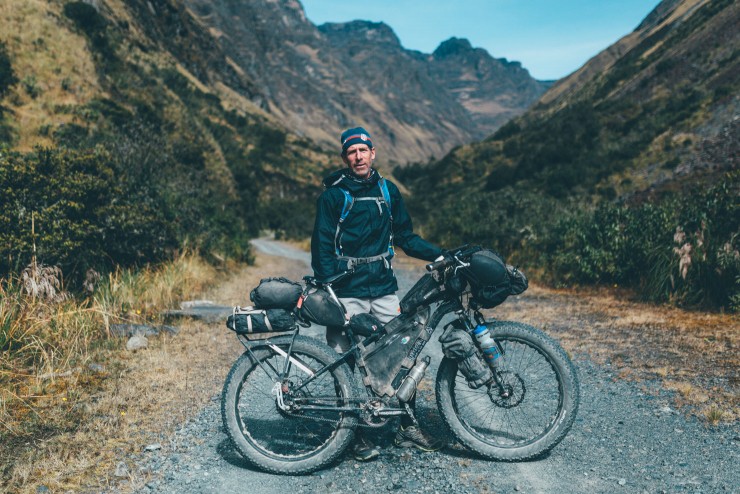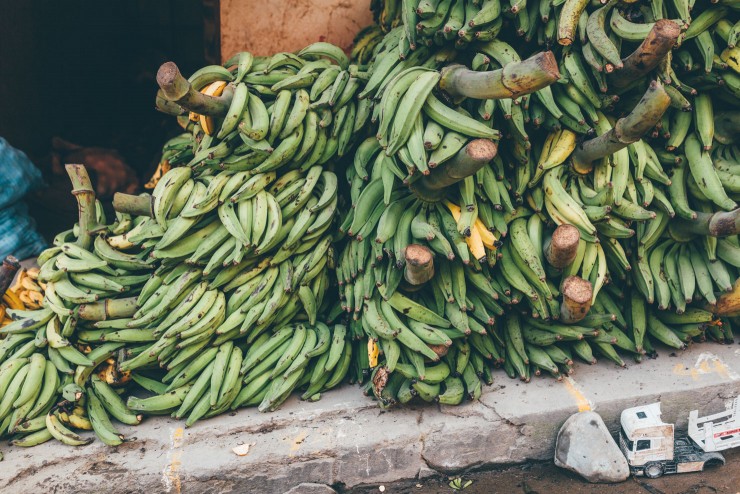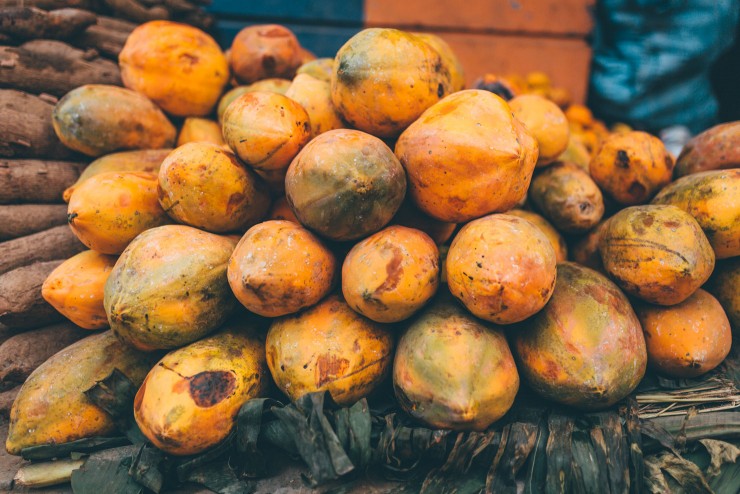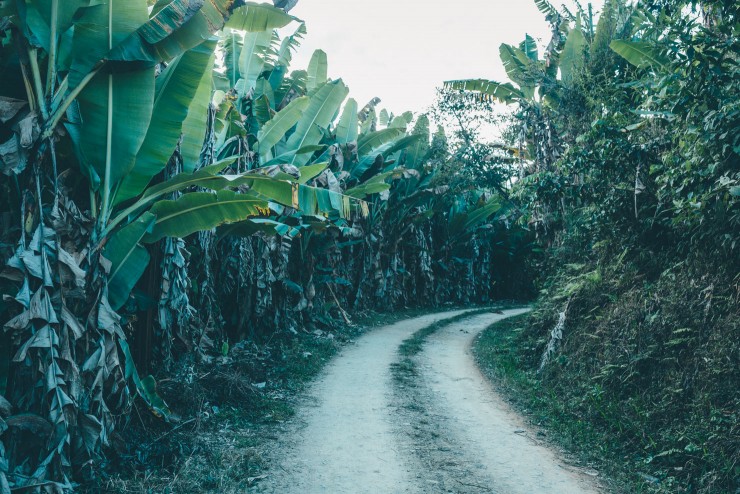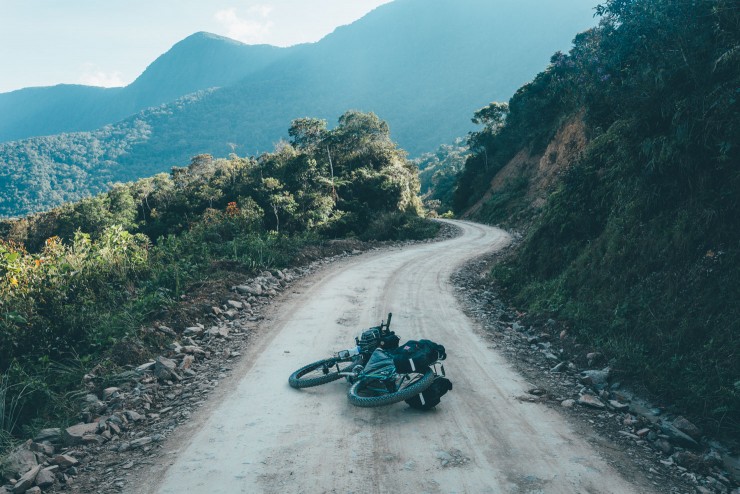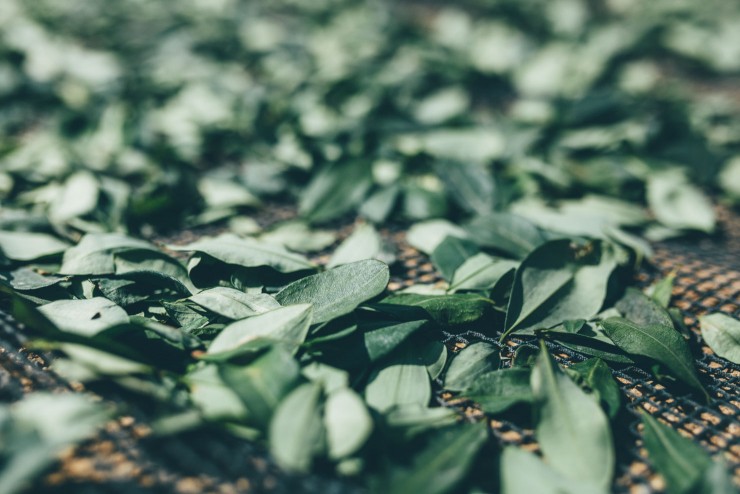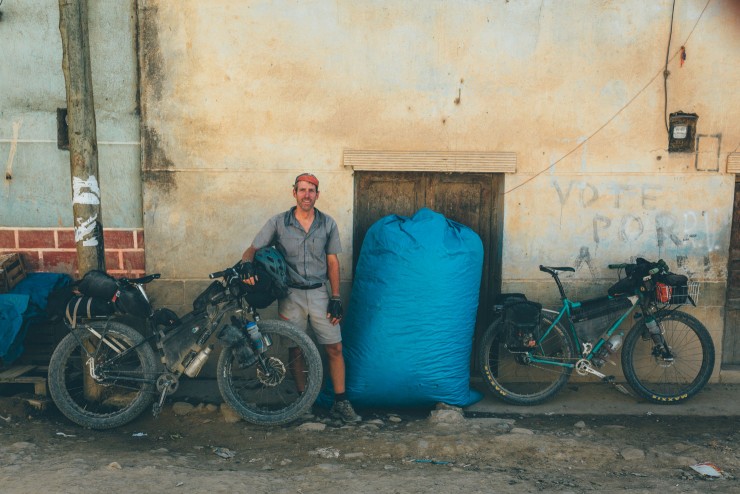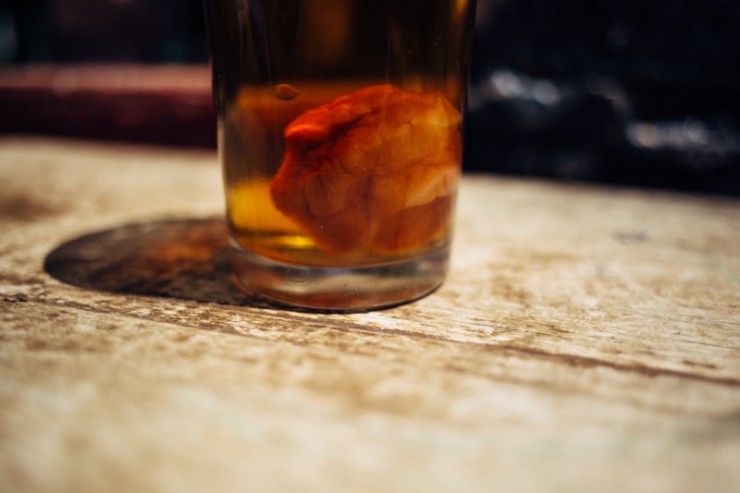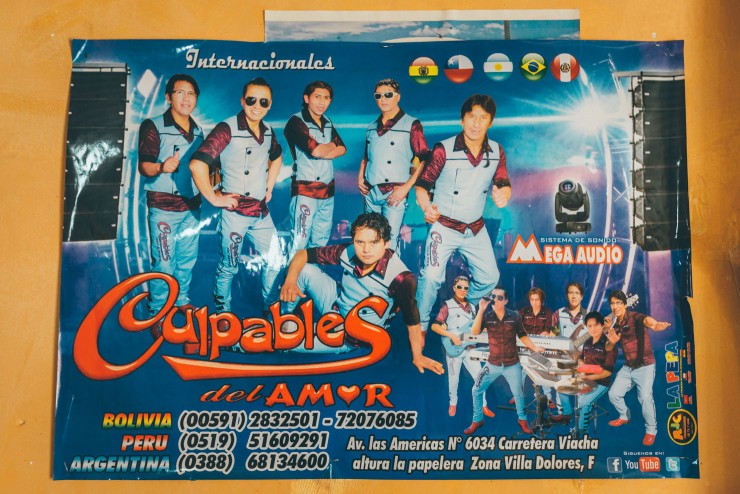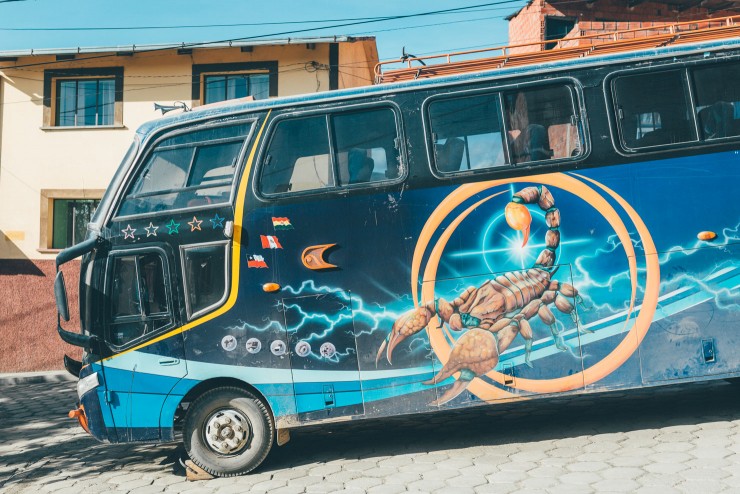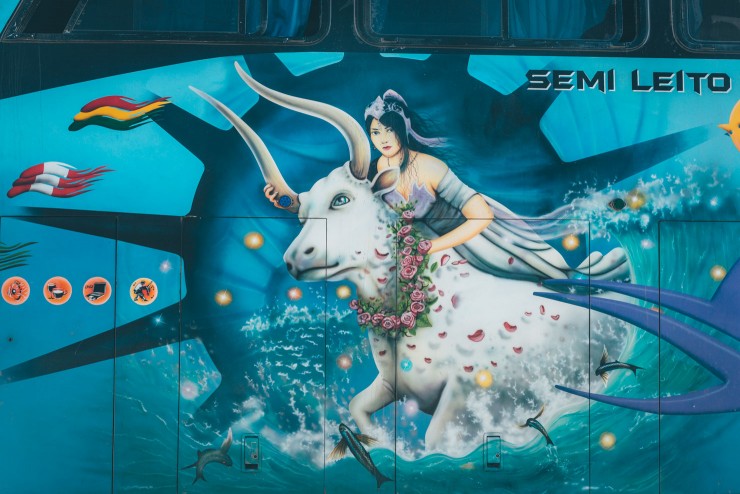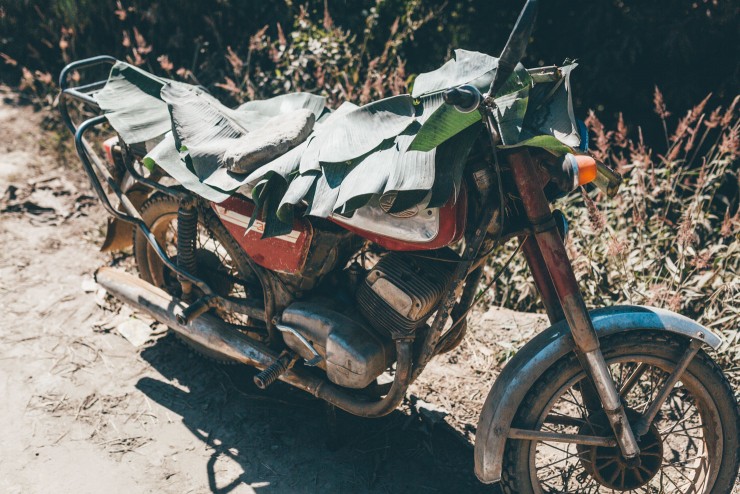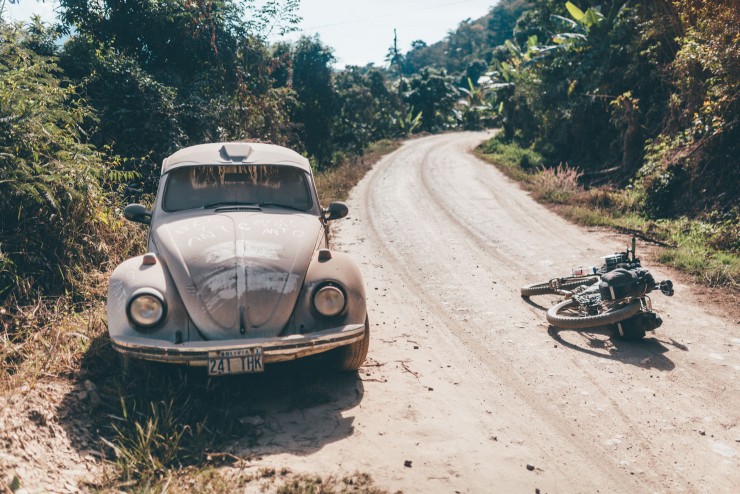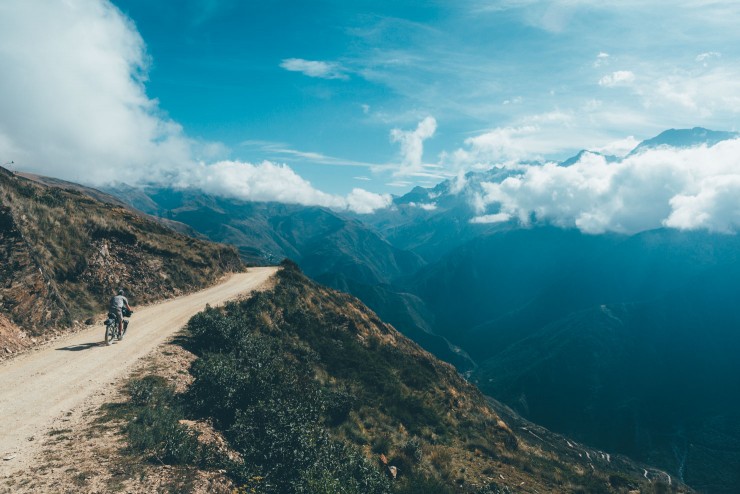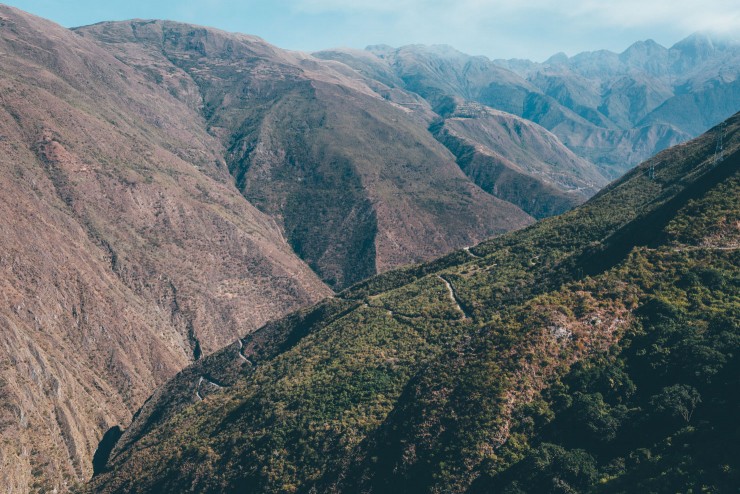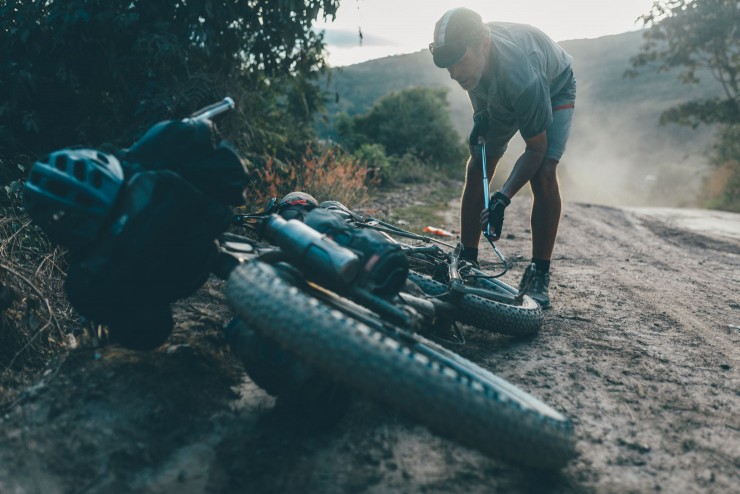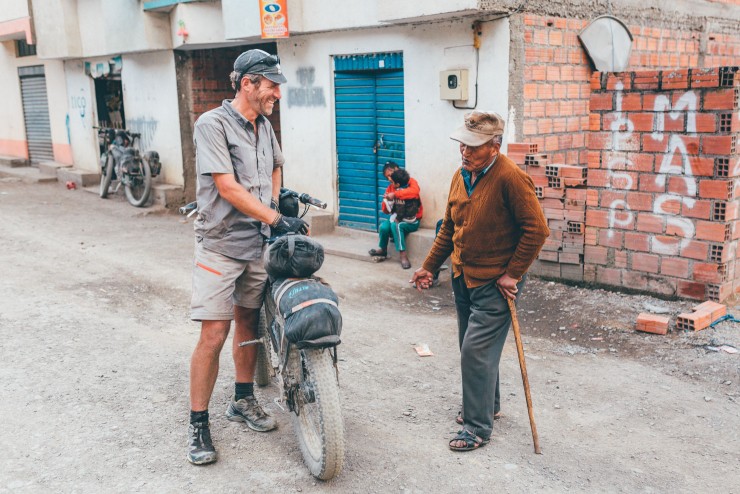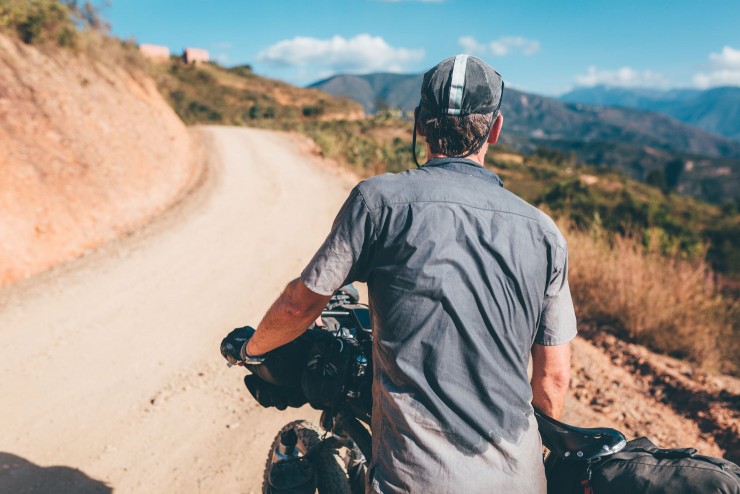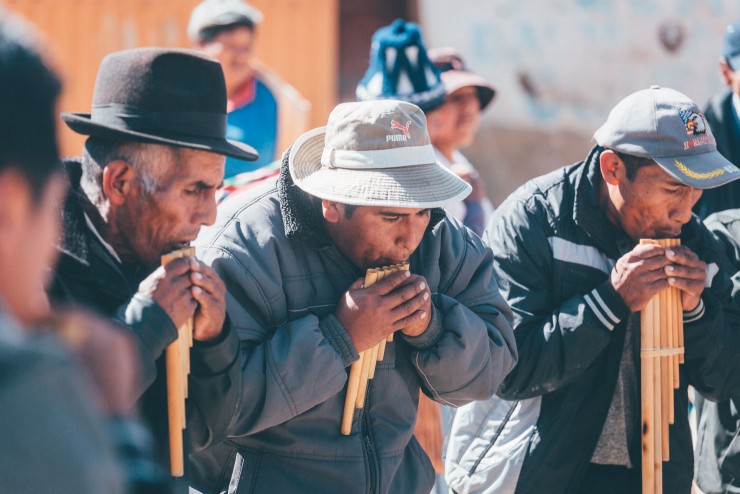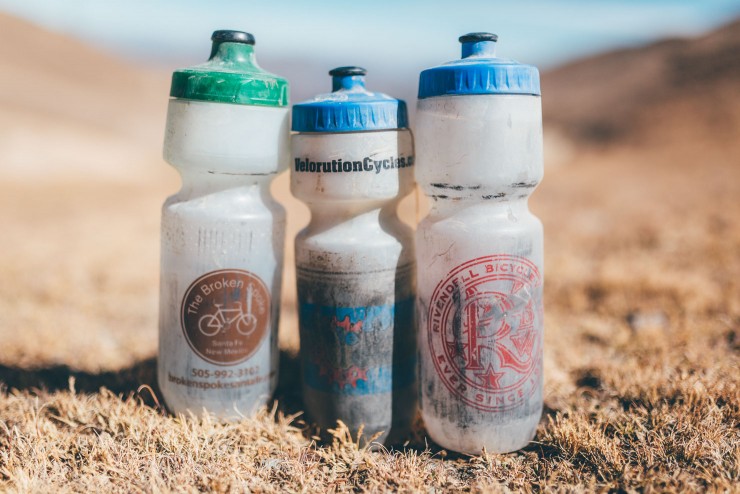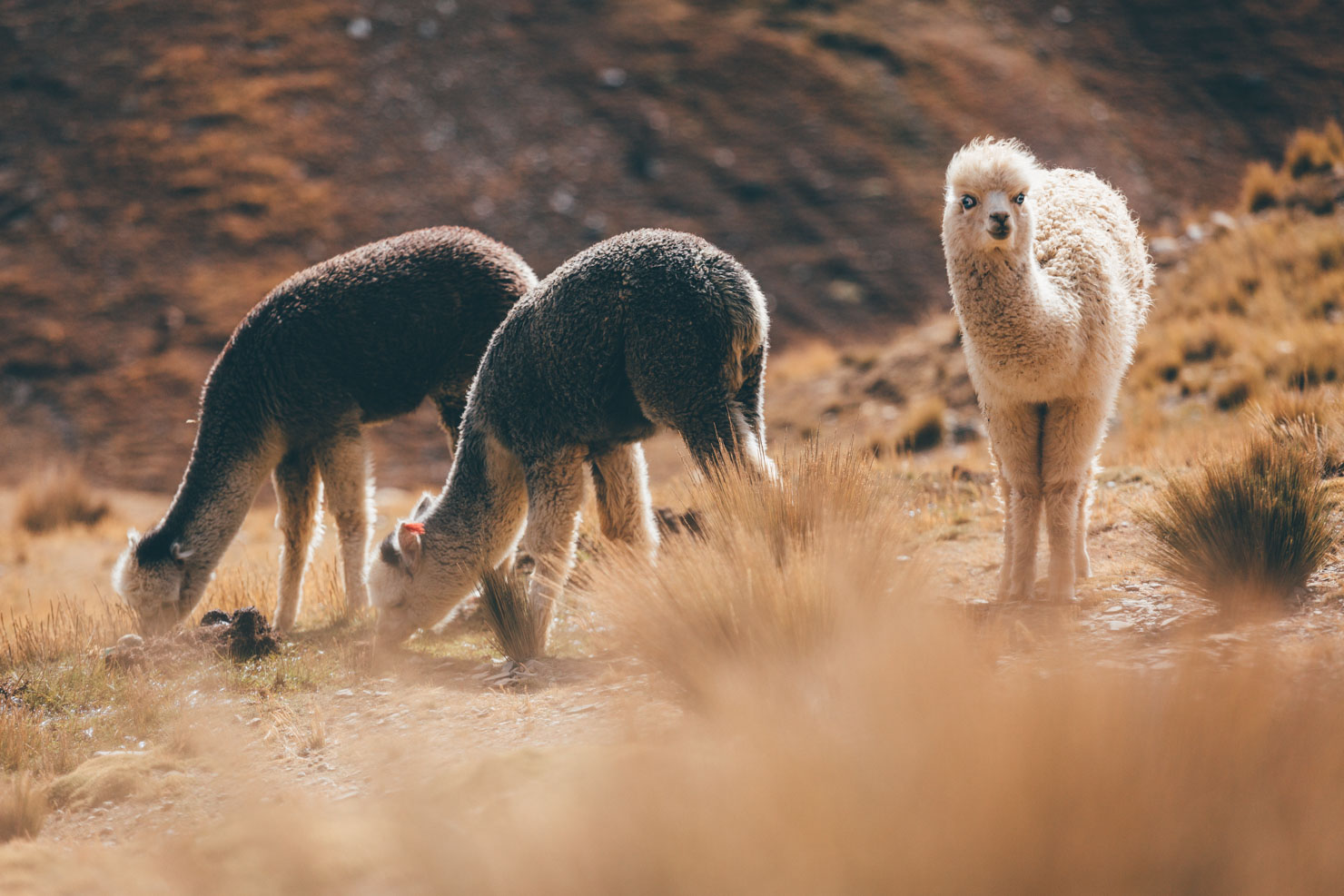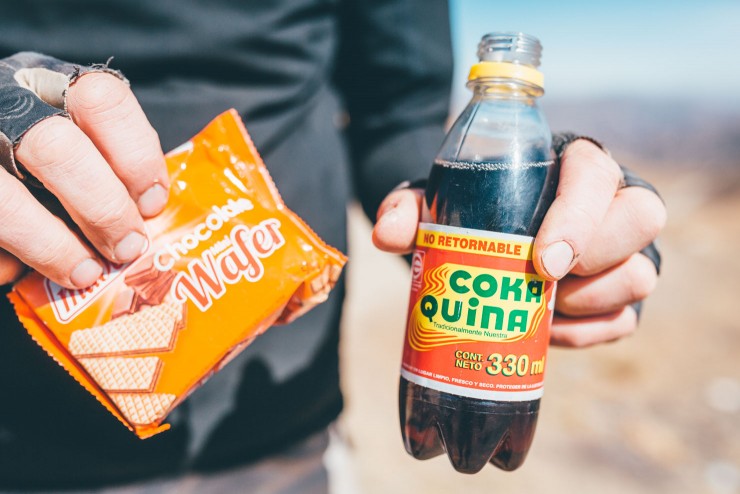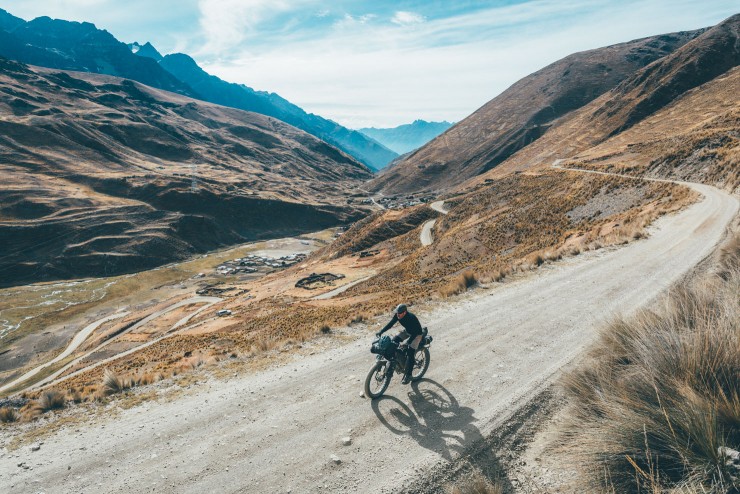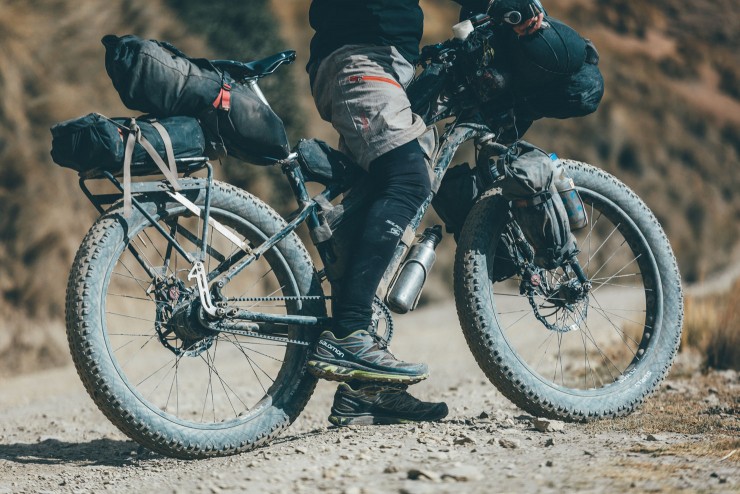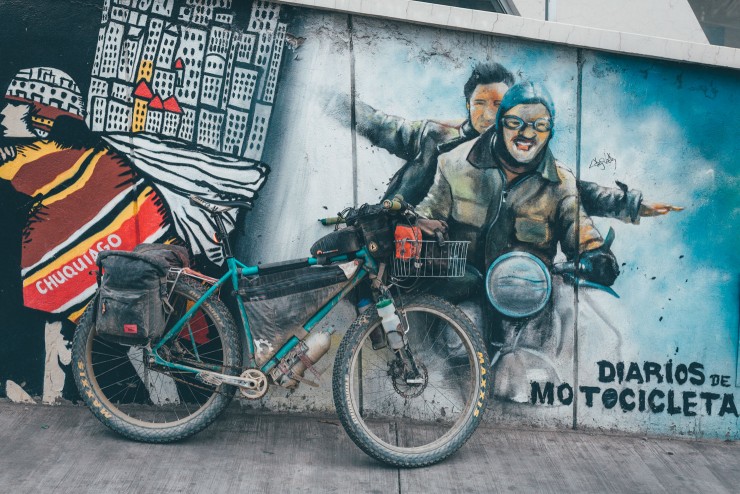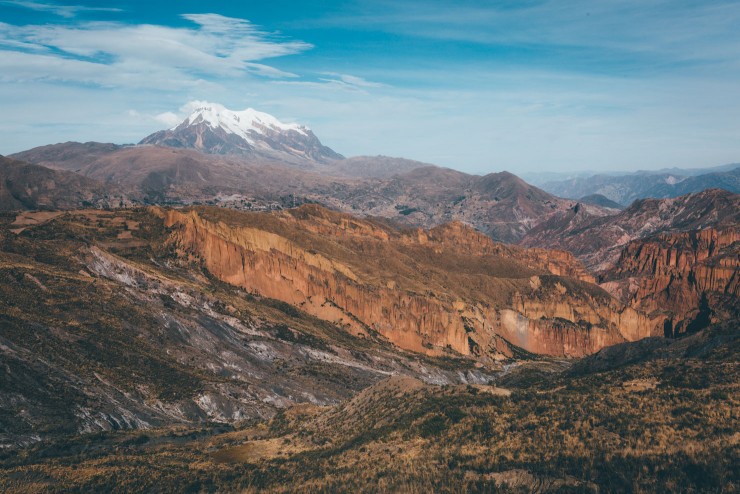Death Road & Coca Leaves: Bikepacking the Yungas
Situated on the eastern slopes of the Bolivian Andes – between the barren, treeless altiplano and the vast swathes of the Amazon – lies the densely forested Yungas. Its deep, subtropical valleys and steep sided mountains are home to both the Death Road and the coca leaf. Within these crumpled folds are also some of the most challenging riding in the land…
PUBLISHED Jun 13, 2016
Plano. Flat. At least, that’s the word normally means. The truth is that everything is relative. In the Yungas, a land of sheer sided mountains and impossibly rugged valleys, the concept of a road that doesn’t either zig zag upwards, or spiral precipitously down, simply doesn’t exist. Which has resulted in a whole new shift in perspective. I can only assume this is the reason locals have blotted such a barmy notion – that of a horizontal road – from their consciousness, reinventing the word to mean something completely different. At least, that’s the conclusion I cam to after week’s riding in Bolivia’s most crumpled terrain. Whenever we were sincerely promised a gentle, meandering traverse, the road climbed hundreds of metres. And then it descended. Only to climb immediately once more. And again for good measure…
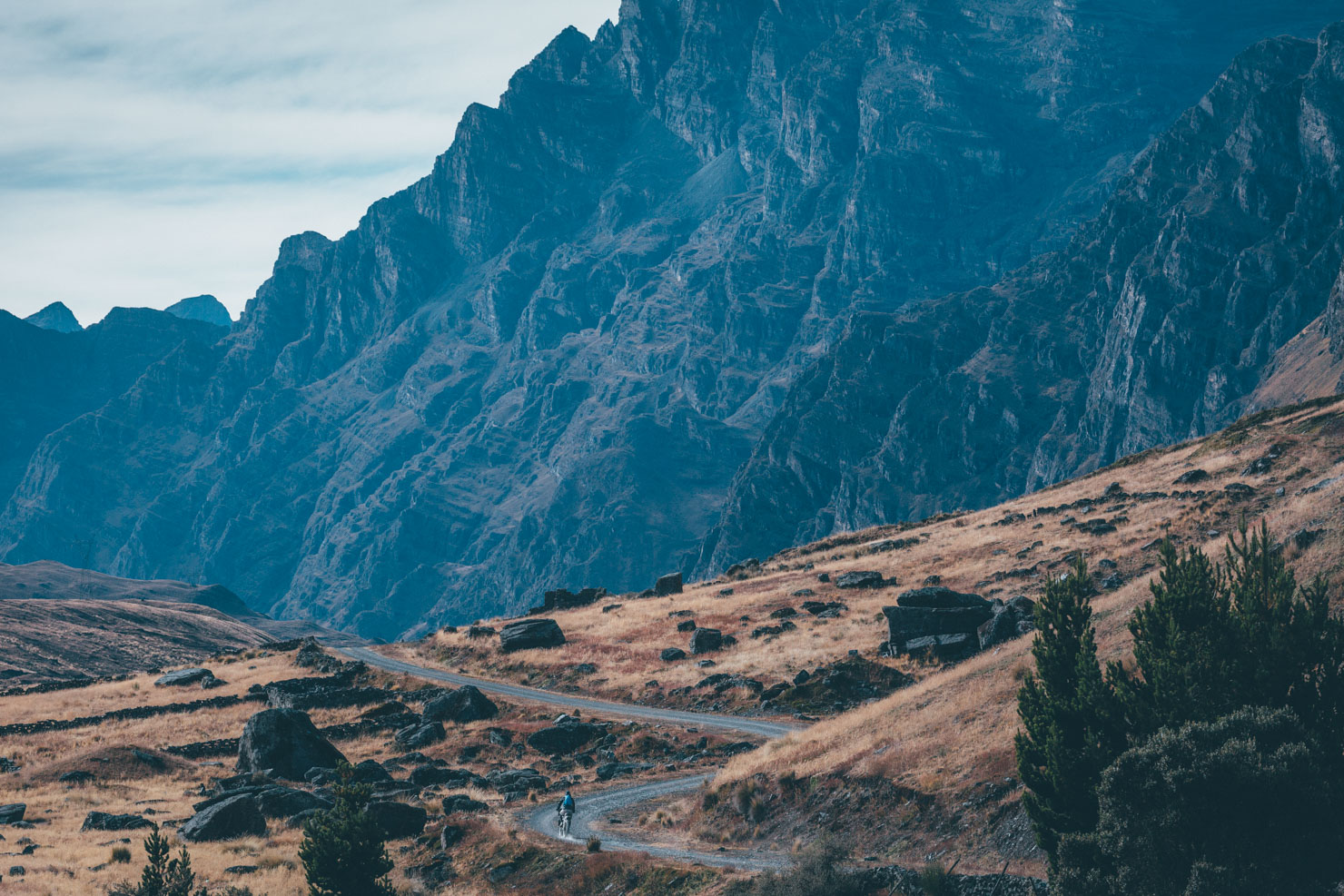
Quoting figures for a moment, our first day alone clocked up 2000m in cumulative altitude gain – and that was just the climb out of La Paz to El Cumbre, the 4600m pass that divides the altiplano from the lush and balmy valleys of the Yungas below. Drawn by the allure of its prophetic title, we’d knitted the Camino de la Muerte into our much anticipated plunge ahead. So named for the number of lives that this journey once claimed – up to 300 a year, by some accounts – this seemingly endless descent is now closed to vehicular traffic. Instead, the Death Road is living out its retirement more benignly as a tourist cash cow. Each day, dozens of backpackers are shuttled out to the top. Aboard a motley collection of janky hardtails and high end full sussers, they wobble or race their way thousands of meters towards the jungly depths of the earth.

And jungly the Yungas certainly was, a contrast all the more marked given the dry, desert expanse of the altiplano that had been our home for the last few weeks. Considered the transition zone between the high plateaux and the Amazon, the transformation was extraordinary. With every metre that we descended, vegetation thickened, jungle tendrils grew in elaborate twirls, and water cascaded off rocky outcrops, dropping hundreds of metres to the valley floor below. For added atmosphere, a giant blue butterfly – Morpho menelaus – flitted around me and some brightly coloured parrots appeared like perfectly timed movie props.
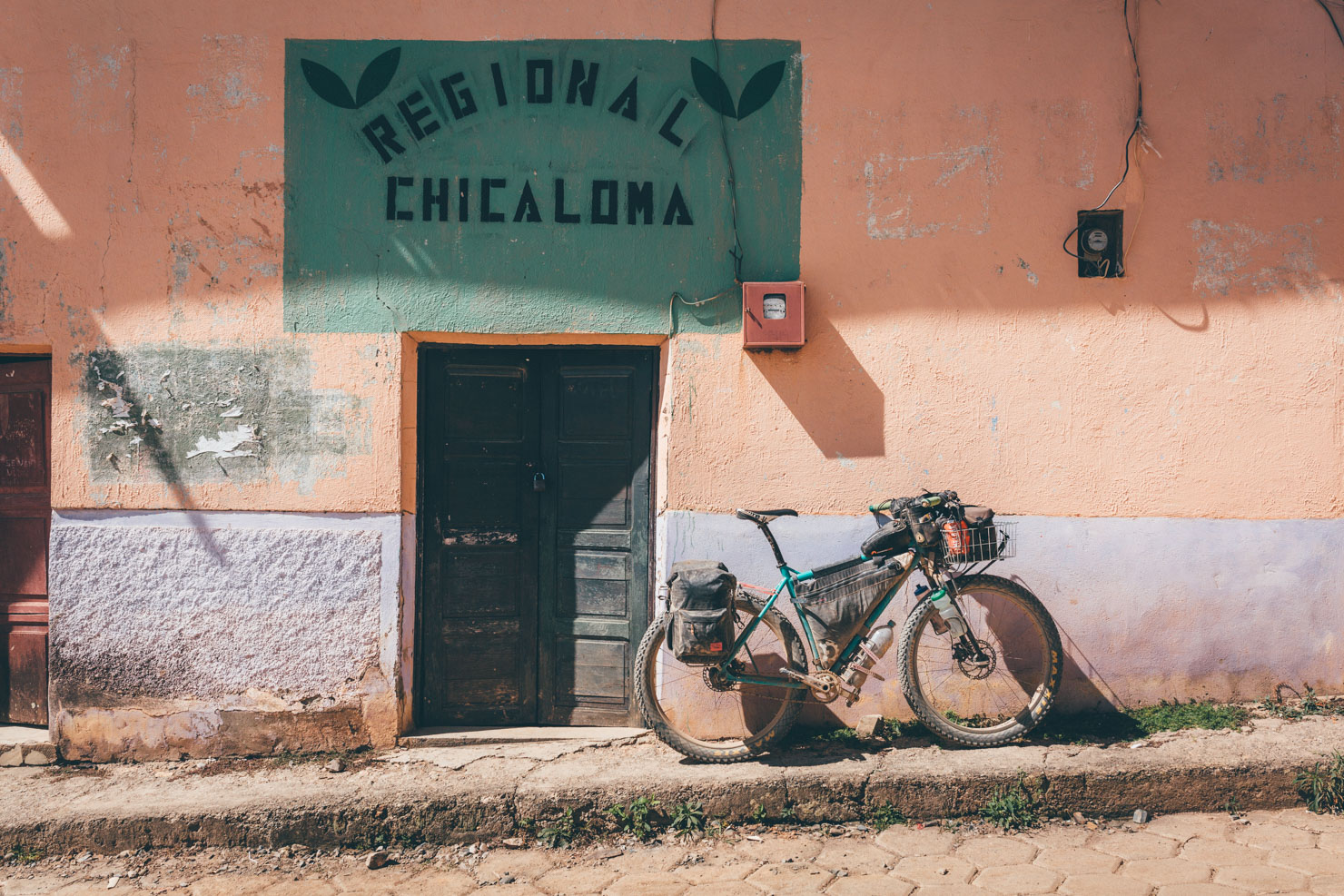
The Death Road – somewhat less dramatic than its name suggested, but enjoyable nonetheless – deposited us at Yolasa, a sweaty, ear popping 1100m in altitude. From there, we followed an equally car free doubletrack towards San Pedro de la Loma – San Pedro of the Hill, another descriptive understatement – that had us frantically gaining some of our lost altitude. Except the terrain seemed twice as steep this time. In the space of just a few hours, we’d entered a different world. Fringing the roadside were oranges and coffee beans, then tight corridors of banana trees. When I stopped and asked to buy a half dozen tangerines from some farm workers, they were gifted to us with a shy smile. By now, there was also an abundance of coca carpeting the verdant mountain sides. Cultivated in the Bolivian Andes since the time of the Incas, the Yungas is one of the few regions in the world in which the coca leaf can be legally grown. Perhaps by no coincidence, Bolivia’s current president, the ever popular Evo Morales, was head of the powerful coca farmers union before taking office. Wherever we rode, we saw terraced fields awash with row upon row of this divisive shrub. Once harvested, its leaves are left drying out on tarpaulin rolled out across the road, before being packed tightly into enormous bags that stood up a high as our shoulders, roped comically to the roof of a family saloon, and driven off to market… or elsewhere…
Despite the recommendations of Brian’s GPS, we followed local intel from Coripata to Chulumani, the capital of the South Yungas province. It was a short cut, we were promised. There was a descent, sure, but the climb on the inside would only take 40mins by bike, we were reassured. So down and down we plummeted once more… before digging in for what transpired to be a long afternoon’s ascent, sweat soaking into T-shirts and pouring down our faces in these subtropical climes.
Similarly, I chuckled when I saw the name of the village beyond. Chicaloma translates as ‘small hill’. As usual, it was anything but. The hard graft to get there was followed by a steep spiral downwards to cross a bridge spanning a tight crook in the valley fold. It was, of course, answered by a longer climb to the neighbouring settlement of Irupana on the other side (15 minutes away by bicycle, we were promised, in another display of skewed Yungas reality…) Perched high on yet another hillside, Irupana boasted an impressive market complex, replete with gossiping women who presided over great mounds of produce – papaya, bananas and plantanes – and asked us we could carry them away on our bikes. Its top floor afforded both excellent views towards distant ranges and an assortment of belly-stretching lunches. 10 Bolivianos – just a dollar and a half – was enough to procure us the best almuerzo thus far: a cauldron of corn, bean and quinoa soup, followed by a slab of pork the size of my hand. We washed it down with a Mocochinchi, a local peach juice in which lurked the remnants of a shrivelled fruit, preserved like the worm in a tequila bottle. Aside from the immediate friendliness and easy smiles that had come to typify the Yungas, the town was also a showcase for a fleet of manga-style buses, each meticulously finished in classic, trashy graphics. Together, they made quite the collection. A woman astride a white bull bedecked in garlands of flowers, a giant scorpion poised to strike, and a muscular man with a great mane of gold locks, to list but a few.
Like every motorbike, truck and car we’d seen – and our bikes, by now – they were coated in a fine layer of Yungas dust. Dust that had found its way everywhere. Into every component of my bike. Into the creases of my elbows. Into the pockets of my shorts. Dust that gave us killer tan lines when we peeled back socks at the end of the day.

It was then time to undo all our hard work. My enjoyment of the massive descent to steamy hot La Pazuela was tempered by the knowledge that it would be answered by an immediate climb, one that would eventually lead us all the way back to La Paz. Down, down down we rode, jostling for space with trucks loaded high with enormous bags of coca leaves – the Coca Highway, as we nicknamed it. From there we began closing our loop, turning east to skirt up and around Nevada Illimani, the second highest mountain in Bolivia, and the sentinel that marks the boundary of the altiplano – from whence we’d came. We knew a 4500m pass still divided us from our return to La Paz, no mean feat given our present altitude of 1100m. But of course, it wasn’t quite as ‘easy’ as that. Over the next hundred miles, the road was typically Yungasean. It bucked and twisted relentessly, each stabby incline met by a steep descent in reposte, as we worked our way upstream along the Rio La Paz to Lambate – a handful of miles as the condor flies, but a full day’s riding for us.
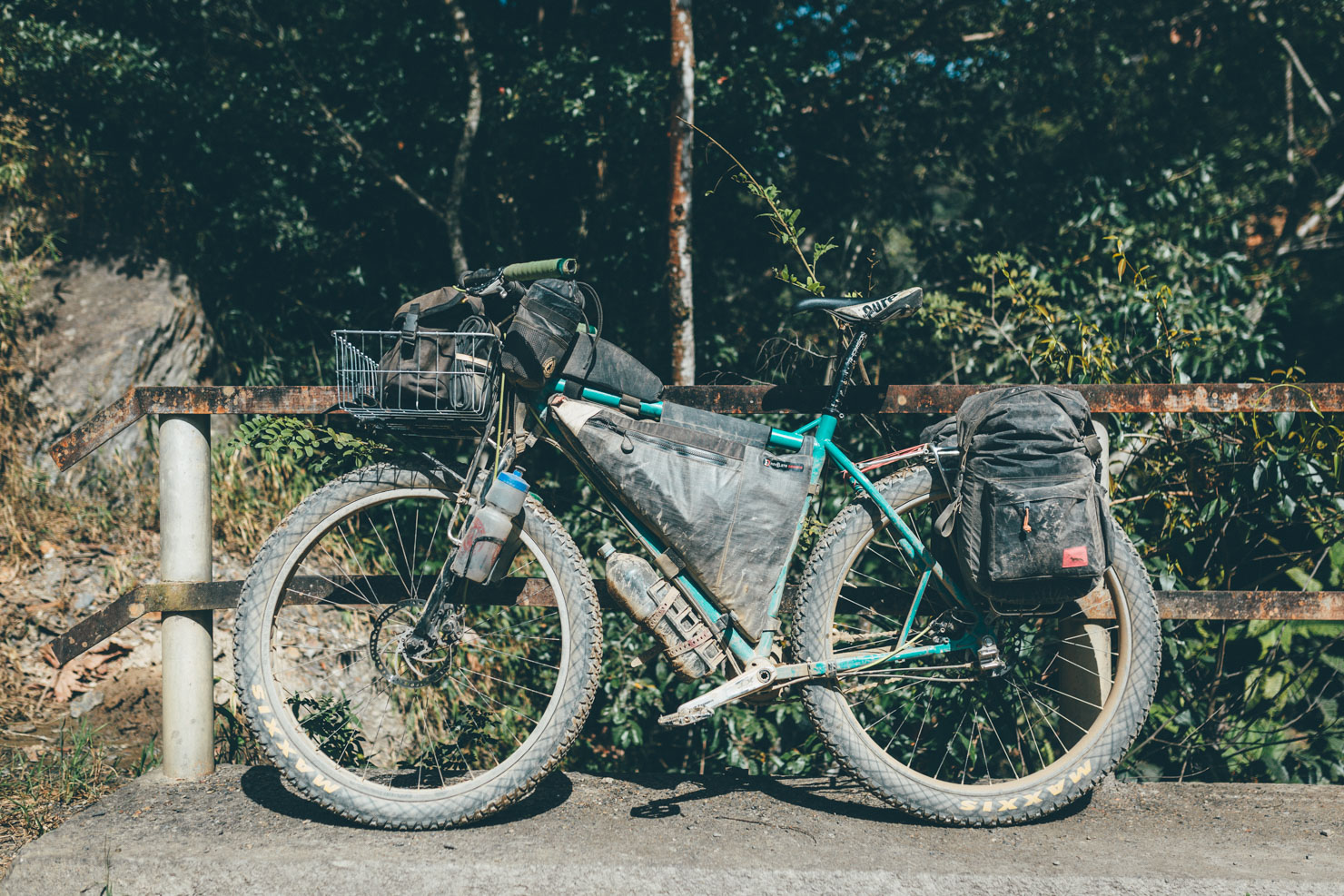
As luck would have it, our arrival the next morning coincided with a change in local government. Cue street party! As we pulled in to its plaza, a group of cholitas were already dancing full swing, their petticoats and tasselled shawls swirling, tall bowler hats planted firmly on their heads. Musicians from a nearby village had been hired in to provide accompaniment. For once, it wasn’t a brass band. Bolivia’s favourite form of musical entertainment is typically cacophonous, off key and marathon-like. I’ve known bands to pause reluctantly at 4am, only to strike up drunkenly once more just an hour later. Instead, our more romanticized Andean ideals were fulfilled; the panpipe playing here seemed far better suited to our mountain backdrop. The beer was flowing freely (note to self: don’t forget to splash a bit on the ground first, in honour of Pachamama), as was the Quina Coka, the multinational pretender we’d come to rely on to fuel us up these climbs. We were even invited to a hearty lunch on the square while we were quizzed about our journeys, life, and of course, the fat bikes.
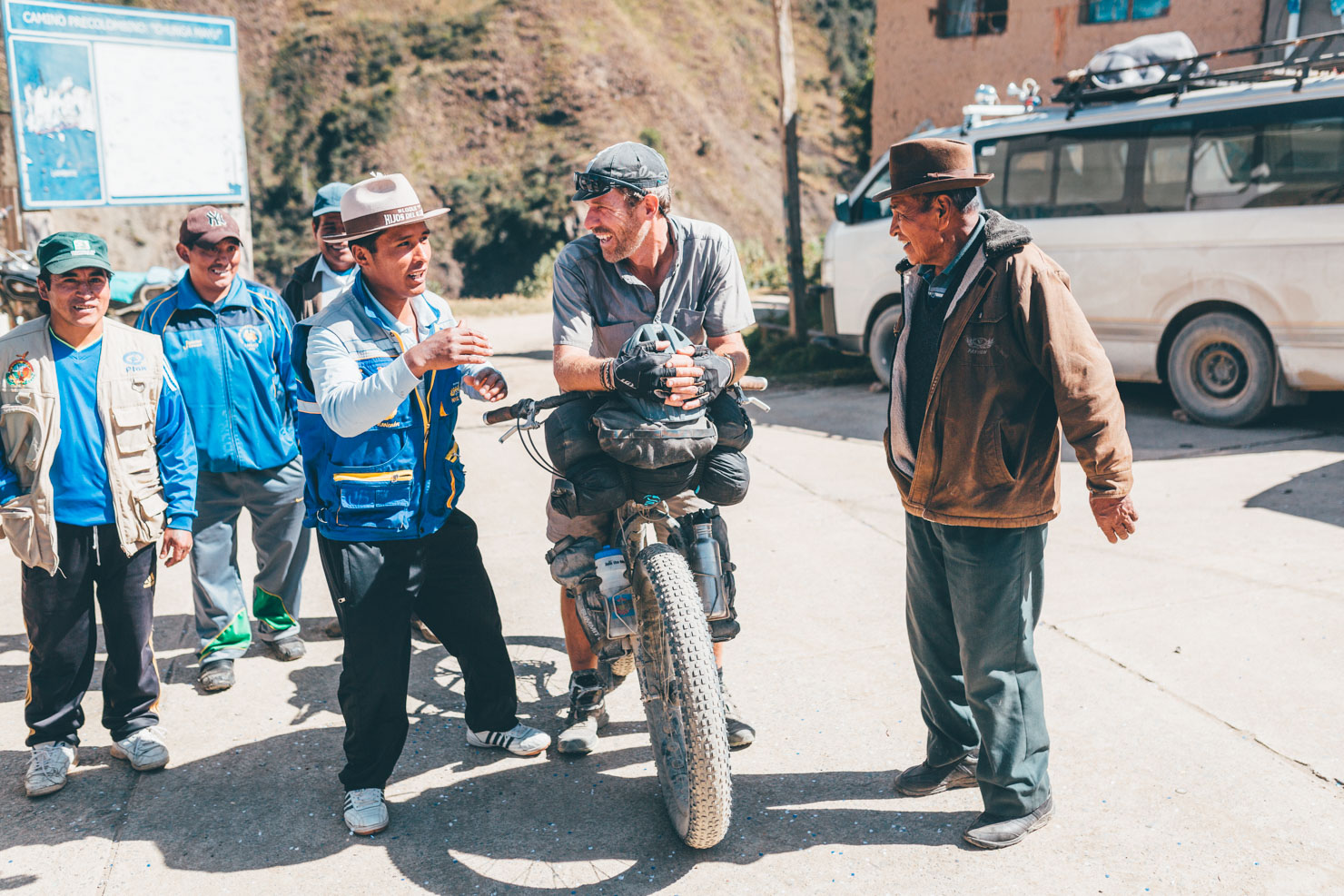
From Lambate onwards, it finally felt as if we were making some headway. The road even eased in gradient as it guided us back to higher elevations. I have to admit that as much as I’d enjoyed the steamy, low lying folds of the Yungas, it was good to be back at altitude again, not least because I wasn’t perpetually drenched in sweat. Or in a state of full saturation, as we called it. Our friends the fuzzball lamas were also back on the scene, watching us with their typical air of detached interest. Where before the road had been fringed with coca, banana and coffee plantations, now it was beans, potatoes and corn that clung to the hillsides, clues to our gain in altitude. Beyond the settlement of Tres Rios – notably shabby, bar its immaculate astroturf football field – we were above the tree line once more, the mountains streaked with minerals and pocked by gold mines.

In a way, it only seemed fitting that this weeklong loop was bookended by two climbs of equally Herculean proportions. El Cumbre, the ascent that had launched us out of La Paz, had winched us up to the highest point of the ride. Abra Pacunai towered a hair lower at 4500m, but was just as impressive. We celebrated our arrival to the top with cookies and coke, just as some truckers were toasting Pachamama with neat alcohol. Flushed with the hubris of success, we even made the mistake of thinking all our toils were finally over. Until the road plummeted us back down six hundred metres. Only to climb back up again. And back down into La Paz’s belly for a concluding ascent, through the city’s rush hour traffic, to our hotel.
The Yungas wasn’t giving up easy, that was for sure. But by this time, we didn’t expect anything less.
Tips for riding in the Yungas
- Although our loop was just 381km (237 miles) — see route here — it featured a substantial 12700m (41650ft) of climbing. Much of this was either at elevation, or in the sweltering heat. We’ll be posting full route details soon.
- Brian had an excellent Garmin 600, with maps downloaded from openmtbmap.org. I’d have supplemented these with those on my iPhone’s Gaia app, but unfortunately I wasn’t able to download the relevant basemaps, due to a poor internet connection.
- Bikepackers beware: don’t wear a backpack! Unless you want to bathe in your own sweat all day…
- Almost all this loop is off pavement. The surfaces can be rough, dusty and occasionally stony. Any mountain bike will be fine, though we were certainly glad to have fat and plus tires.
- Camping potential is sometimes limited but we always found a spot. Luckily, every village has a football pitch – which the Yungas’ incredibly friendly locals are only too glad to share. Most settlements have basic alojamiento options too, if you need a bed and a shower.
- A bug spray can be useful. We weren’t bitten much, but the lower elevations can induce frenzied ankle scratching.
With thanks
To Daniel Molloy for lending me the supremely versatile, Rohloff-driven Tumbleweed. On this segment of the trip, it was clad with a pair of none-more-black Swift Jr. Ranger panniers (review forthcoming) and a Wald basket (model number 139), courtesy of the folks at Rivendell. As a sidenote, I’ll add that although basket-toting isn’t my usual bikepacking style, it’s been great for Bolivian dirt road riding – not least because it offers near endless room for loading with quinoa, fruit and other sustenance. Thanks to my local bike purveyor, The Broken Spoke, Santa Fe, for sponsoring me spare parts for this ride. And to Brian for the excellent company! To follow his onward travels north through South America, check out his website, Out For A While. Brian was riding a Ventana El Gordo, set up with a SON dynamo hub, a Rohloff internal hub, and a Gates belt drive, put together by Cycle Monkey.
Do you have a bikepacking story to share? Get in touch and let us know about it!
Please keep the conversation civil, constructive, and inclusive, or your comment will be removed.







